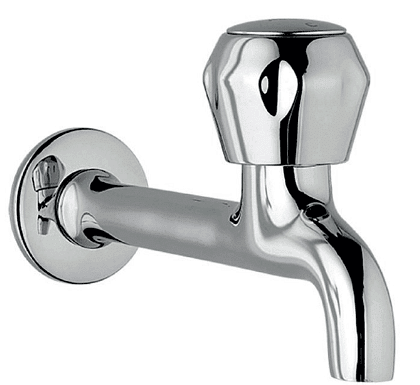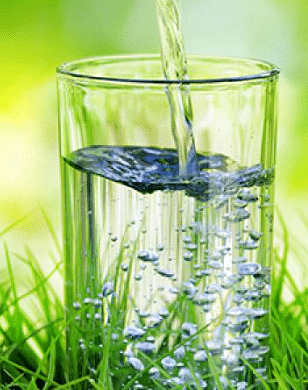Water - 1 Class 2 Worksheet Science
Q1: Tick (✓) the correct choice
(i) Water can be cleaned using a
(a) water filter
(b) water purifier
(c) both of these
Ans: (c)
Filtration is a physical process which involves passing water through filter media. Sand and ceramic are the most common filter media, although cloth and membranes can also be used.
(ii) This is not a container to store water.
(a) Bucket
(b) Tap
(c) Overhead tank
Ans: (b)
Water can be stored in a bucket or tank but not tap.
 (iii) This is underground water.
(iii) This is underground water.
(a) River
(b) Ocean
(c) Tube well
Ans: (c)
Groundwater is the water found underground in the cracks and spaces in soil, sand and rock.
Q2: Fill in the Blanks
(i) We should not ___________ water.
Ans: We should not waste water.
(ii) __________ taps should be repaired at once.
Ans: Leaking taps should be repaired at once
(iii) We should drink ___________ water.
Ans: We should drink clean water.

Q3: True or False
(i) Water from natural sources have dirt, sand and germs in it.
Ans: True
(ii) We have unlimited supply of usable water on the earth.
Ans: False
(iii) All living things need water to live.
Ans: True
Q4: Short Questions Answer
(i) What is potable water?
Ans: Potable water, also known as drinking water, comes from surface and ground sources and is treated to levels that meet state and federal standards for consumption.
(ii) What is the water that gets collected in the ponds, lakes and rivers called?
Ans: Surface water includes the lakes, reservoirs (human-made lakes), ponds, streams (of all sizes, from large rivers to small creeks), canals (human-made lakes and streams), and freshwater wetlands.
|
1 videos|456 docs
|
FAQs on Water - 1 Class 2 Worksheet Science
| 1. What are the different sources of water? |  |
| 2. How is water treated to make it safe for consumption? |  |
| 3. What is the importance of water conservation? |  |
| 4. What are the effects of water pollution on aquatic life? |  |
| 5. How can individuals contribute to water conservation in their daily lives? |  |
















